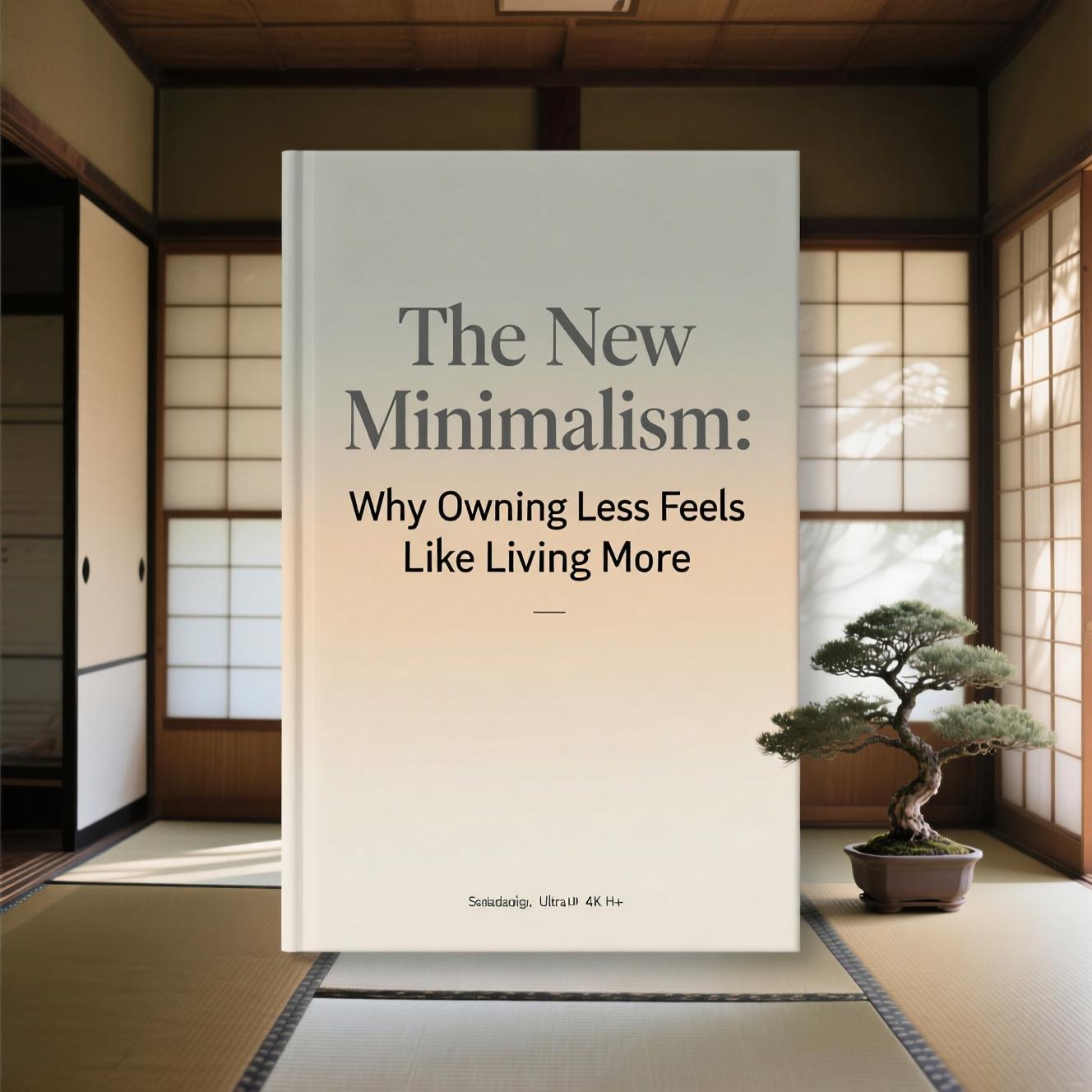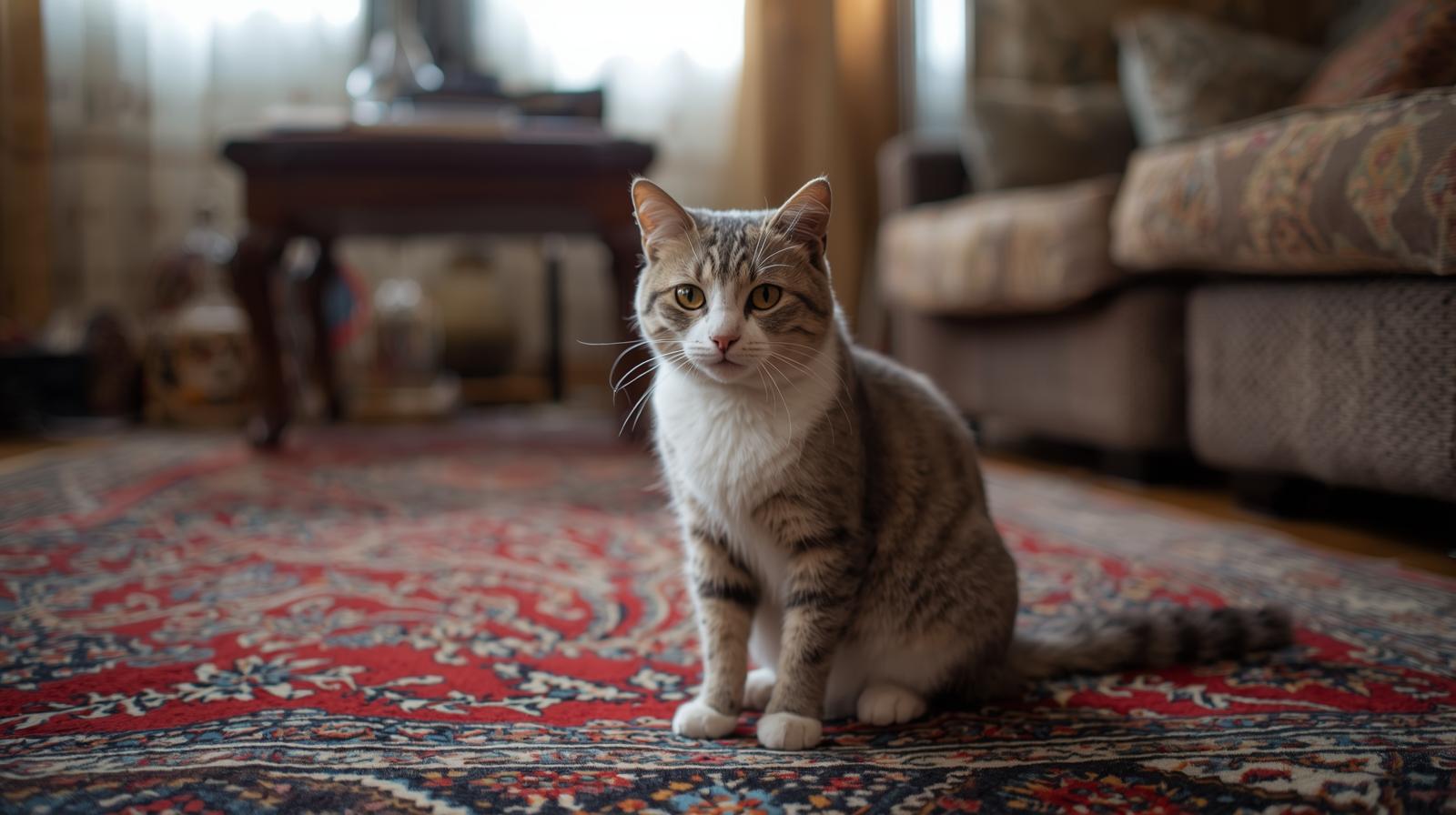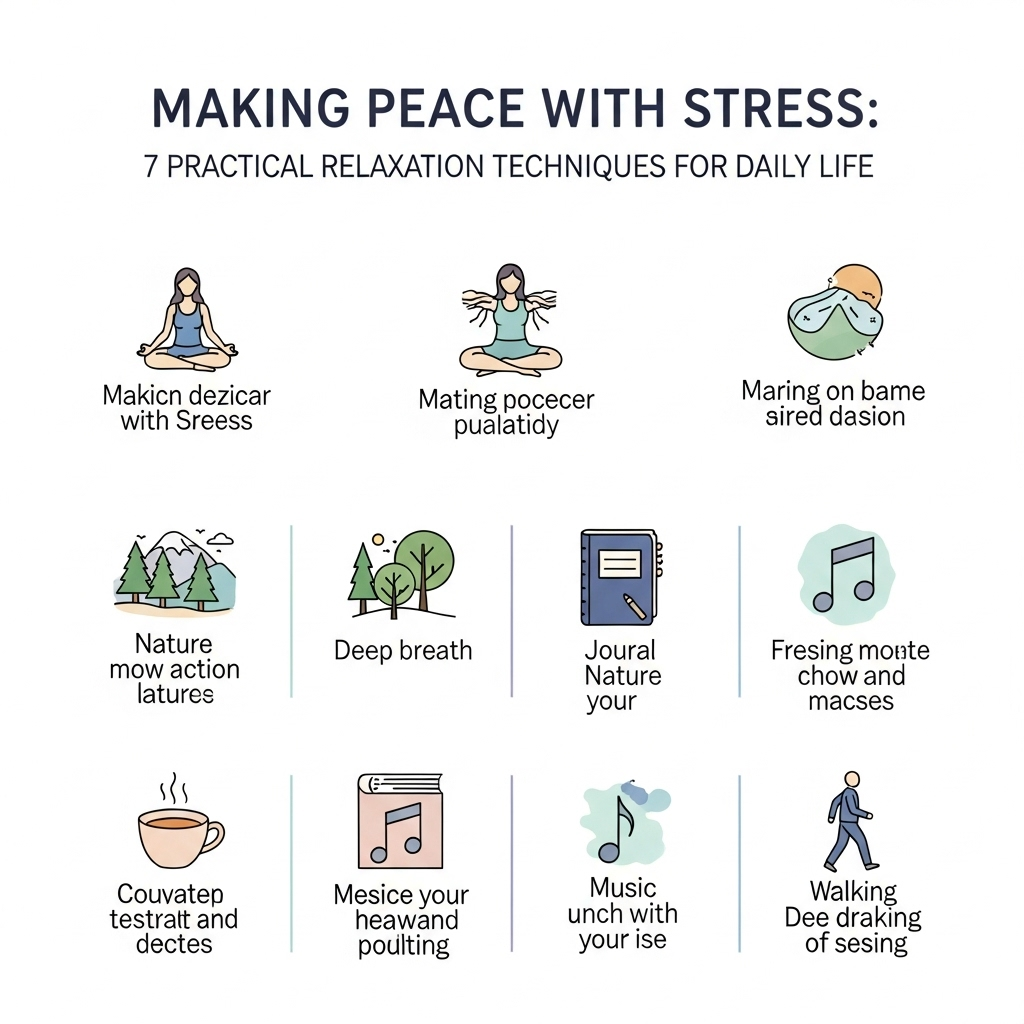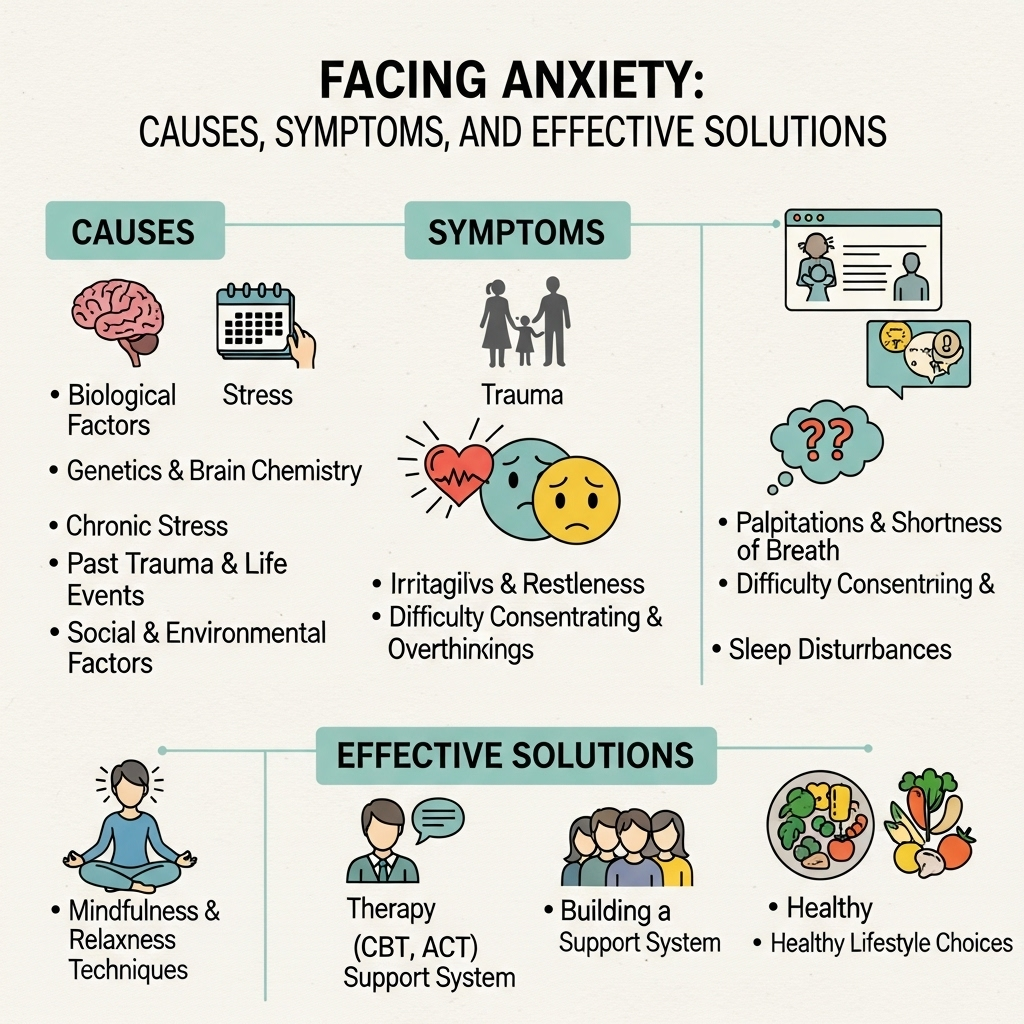The New Minimalism: Why Owning Less Feels Like Living More

Have you noticed how everyone seems obsessed with decluttering lately? From YouTube home tours that look like art galleries to TikTok challenges where people give away half their wardrobe, minimalism is no longer a niche trend—it’s a movement. And it’s not about empty white walls or owning only one chair. It’s about something far deeper: freedom.
Minimalism is no longer about deprivation; it’s about elevation. It’s about learning that less stuff often equals more time, more peace, and—surprisingly—more joy. Let’s break down why “owning less” feels like “living more,” and why so many people are embracing this lifestyle shift.
The Hidden Cost of “More”
Think about the last time you bought something just because it was on sale. That shirt you wore once. That gadget still in its box. That piece of furniture you swore would “complete” your living room. Where are they now? Probably taking up space—or worse, taking up mental energy.
Here’s the truth: everything you own also owns a piece of you.
- That fancy blender? Needs cleaning.
- That extra sofa? Needs dusting.
- That pile of books? Sits there, silently reminding you of what you haven’t read yet.
The hidden cost of “more” is stress. Every item you bring into your life demands attention, even if it’s shoved in a closet. Minimalism flips that equation. Instead of being owned by your stuff, you become the owner of your time and energy again.
Why Less Stuff = More Clarity
Look around your room right now. If there’s clutter, your brain is probably a little cluttered too. Research shows that messy environments increase cortisol, the stress hormone. That’s why minimal spaces feel so calming—they allow your brain to rest.
When you reduce your belongings, you’re not just clearing space in your home. You’re clearing space in your head. Suddenly:
- Decisions become easier (you don’t need to choose between 10 jackets).
- Cleaning takes less time (because there’s less to dust).
- You feel lighter (because you’re not weighed down by “stuff”).
That’s the magic of minimalism—it’s not just a design style, it’s a mental reset.
The Rise of “The New Minimalism”
Now, here’s the twist: minimalism has evolved. Old-school minimalism was all about extreme downsizing—think of people living with 50 items, sleeping on floor mats, and owning nothing but a backpack. That’s not realistic for most of us.
The new minimalism is softer, more personal, and more flexible. It’s not about counting possessions. It’s about intentional living.
You can still have cozy décor, a collection of vinyl records, or even a closet full of clothes—if those things add real value to your life. The key is choosing quality over quantity, meaning over mindless accumulation.
Social Media and the Minimalist Aesthetic
Scroll through Instagram and you’ll see it: minimalist kitchens with clean countertops, airy living rooms with a single plant, muted tones, and natural light. It’s aspirational. But what makes this aesthetic so addictive isn’t just the look—it’s the feeling behind it.
Minimalist spaces photograph well because they communicate calm, order, and balance—the very things we crave in a chaotic digital age. Every time we double-tap a perfectly curated minimalist feed, we’re saying, “I want my life to feel like that.”
And the best part? You don’t need an interior designer to achieve it. Start with less. Start with what you already own.
Why Owning Less Feels Like Living More
Here’s where minimalism gets really powerful. The less energy you spend on things, the more energy you have for experiences.
- Instead of organizing closets, you spend time with friends.
- Instead of shopping, you take a spontaneous road trip.
- Instead of upgrading your gadgets, you upgrade your memories.
Minimalism gives you back your two most precious resources: time and attention. That’s why so many people describe the lifestyle as freeing. It’s not just about having less—it’s about being more present, more adventurous, more alive.
Practical Ways to Try Minimalism Today
Okay, you’re intrigued. But how do you actually live it without going extreme? Here are some viral-friendly, real-world steps:
- The 10-10-10 Rule: Pick 10 things to donate, 10 to sell, and 10 to recycle today.
- One-In-One-Out Rule: Every time you buy something new, remove one thing from your home.
- The 30-Day Box Test: Unsure if you need something? Put it in a box. If you don’t use it in 30 days, you don’t need it.
- Digital Declutter: Minimalism isn’t just physical. Unsubscribe from email lists. Delete apps you never use. Mute notifications.
- Mindful Shopping Pause: Before buying, ask: Will this make my life better in six months? If the answer is no, skip it.
Stories That Inspire
- A young couple downsized their belongings and saved enough for a 6-month travel adventure.
- A woman got rid of 70% of her clothes and now says she’s never been more confident in her style.
- A man who decluttered his garage found the bike he hadn’t touched in years—now he rides every weekend.
These stories aren’t about loss. They’re about gain. People are realizing that joy doesn’t come from shelves filled with things, but from lives filled with meaning.
The Emotional Side of Letting Go
Let’s be honest: decluttering isn’t always easy. Objects hold memories. That old jacket might remind you of your first date. That lamp might be from your grandmother’s house. Letting go feels scary.
But here’s the thing: memories live in you, not in objects. You don’t need to keep every item to honor the past. Taking a photo, writing down the story, or keeping just one meaningful token can free you from drowning in sentimentality.
The emotional payoff? Relief. A lighter home. A lighter heart.
Minimalism Isn’t About Less. It’s About More.
Here’s the viral truth: minimalism isn’t really about less. It’s about more.
- More peace.
- More clarity.
- More energy.
- More freedom.
- More life.
When you strip away the excess, you discover what truly matters—relationships, experiences, health, creativity, and purpose.
That’s why owning less feels like living more. It’s not because you gave something up. It’s because you finally made room for what counts.
Final Thoughts
The new minimalism isn’t a rigid rulebook. It’s not about getting rid of all your stuff or living in an empty house. It’s about intentionality. It’s about asking: Does this add value to my life? Or is it just noise?
In a world overflowing with ads, fast fashion, and endless “must-haves,” minimalism is rebellion. A quiet, powerful rebellion. And it’s one that’s spreading—one closet clean-out, one mindful purchase, one simplified life at a time.
So the next time you feel the itch to buy something, pause. Ask yourself: Do I really need this? Or do I just need space to breathe?
Because in the end, the less you own, the more life you have room to live.




